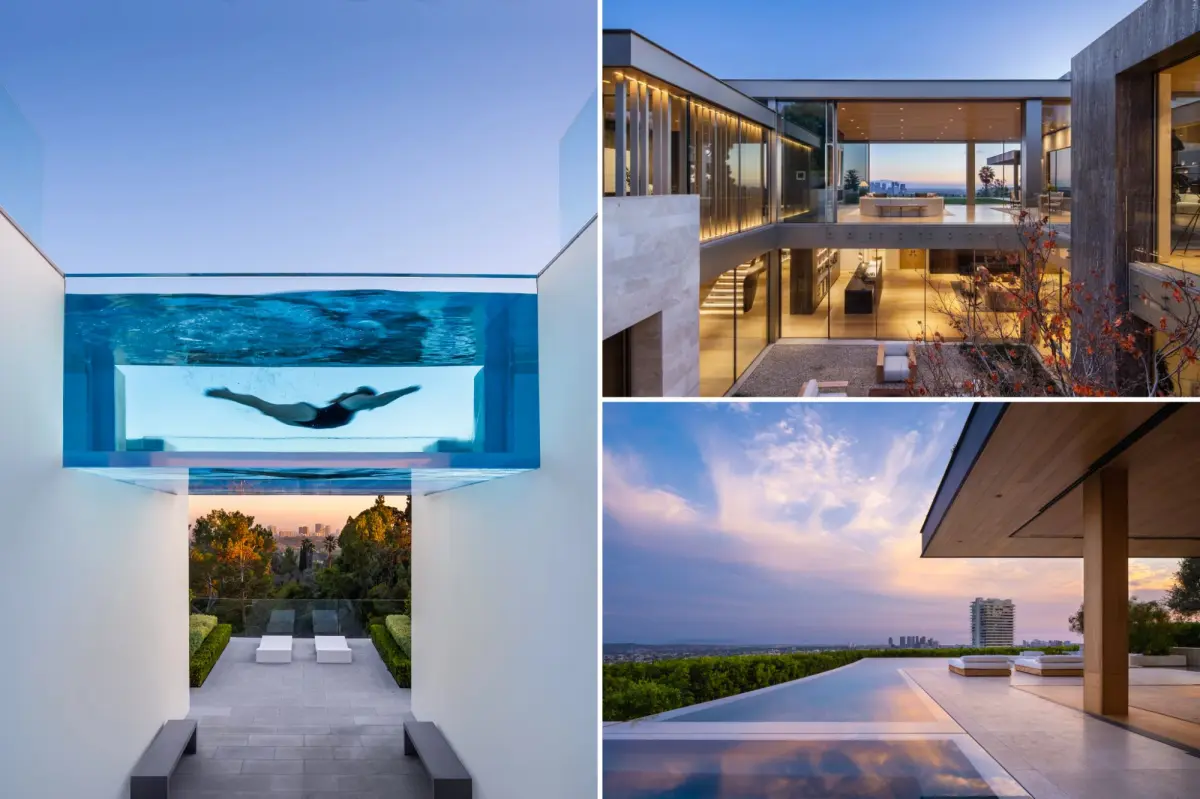Copyright New York Post

When young tech entrepreneurs look to display not just wealth but a worldview, their next trophy may not be a classic yacht or vintage sports car — it may be a $30 million-plus home that thinks for them. They seek residences that go far beyond automated lights or remote-controlled thermostats. These properties are envisioned as responsive ecosystems that learn their owners’ habits, anticipate needs and blur the boundary between building and assistant — with the use of artificial intelligence. Many are purchasing these homes in the $15 million to $100 million range, rather than simply retrofitting a standard luxury home with a few smart devices. One of the architects serving this cohort is Paul McClean, of McClean Design, whose projects often incorporate the kind of high-end integration sought by Silicon Valley-driven clients. “Our style attracts the type of young entrepreneur, or ‘tech bro’ that is interested in refined modern architecture, but with all the bells and whistles,” McClean told the Daily Mail in an interview. In McClean’s view, these homes aren’t simply about ostentation — they’re meant to endure as symbols of legacy, just as late-19th-century Gilded-Age mansions did. “Whether passing hands or generational, our modern homes are built with longevity in mind,” he said. “The goal of each one is to have no end in sight.” At the heart of this trend is artificial intelligence integrated deeply into the building’s fabric. A property may come equipped with AI-driven controls that track daily routines, adjust lighting and temperature accordingly, and anticipate upcoming weather patterns or emergencies. Standard features once limited to gadgets are now being elevated to architectures of living. According to McClean’s description: intelligent refrigerators that monitor contents and suggest grocery lists; washing machines that scan fabric type and color and tailor their cycles; windows that adjust tinting automatically; and robots that will vacuum, mop, wipe surfaces and make beds based on your schedule. “AI analyzes data and then creates real-time conditions, like the kind of lighting and temperature the homeowner prefers,” one description explained. But homeowners and architects alike admit that building such a home is not simply about installing a cutting-edge gadget here or there — it requires a major commitment, particularly during the design phase. “A lot of these AI integrations are very much so always going to be dating a house,” Chris Pozil, Assistant Architect at McClean Design, told The Post. “Anytime you see speakers in the ceiling you can almost tell what era it’s from.” Pozil said in each of their designs, the whole house is AI integrated. “There’s a lot of really cool AI integration including security based which has facial recognition, license plate recognition, they can detect unusual behavior. In terms of like your kitchen sink, if the AI software hears a dripping sound, it can tell you ‘you probably have a leak.’” Pozil said. “If you are lounging, if you fall asleep, the AI software can pick that up, turn the TV off, turn off the lights in the room, set the temperature to your preferred sleeping temperature setting,” he said. “It can link up to your Whole Foods online order system,” Pozil added. “So if you’re running low on milk, it can detect that, order some milk for you.” According to Pozil, many of these projects lie firmly in the “$20 million plus” territory. Still, the uptake is uneven. “Some people don’t necessarily want all of it,” Pozil said. “It can be a little bit invasive.” Yet, there’s reason to be cautious. The fetishisation of technology as status symbol raises questions: Will today’s cutting-edge integrations feel dated tomorrow? Will the homeowners appreciate the backend complexity, or simply the bragging rights? And while architects insist the infrastructure is built to be upgraded over time, no system is immune to obsolescence. McClean acknowledges that risk. “We’re constantly working with these companies to make sure that the fully integrated smart home systems are state-of-the-art and upgradable, since we know that we’re only a few years away from being outdated,” he said. From an investment standpoint, longevity is less guaranteed when the core appeal rests on technology rather than pure architecture or location. Yet for buyers focused less on resale and more on lifestyle and legacy, these intelligent homes are considered the ultimate expression of private-wealth living.



